Tourism
Where to Shop







Where to Eat


Where to Play

Middle Lake
Bowling Alley
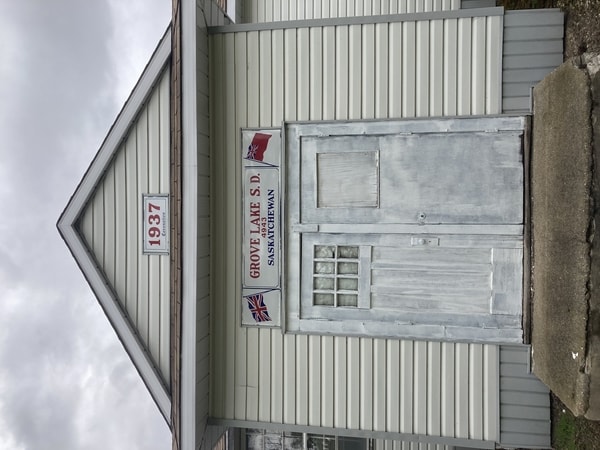
Lucien Lake Regional Park

Trails
Enjoy picturesque walking trails at Bethany Pioneer Village, Lucien Lake Regional Park, and Lakeshore Drive.
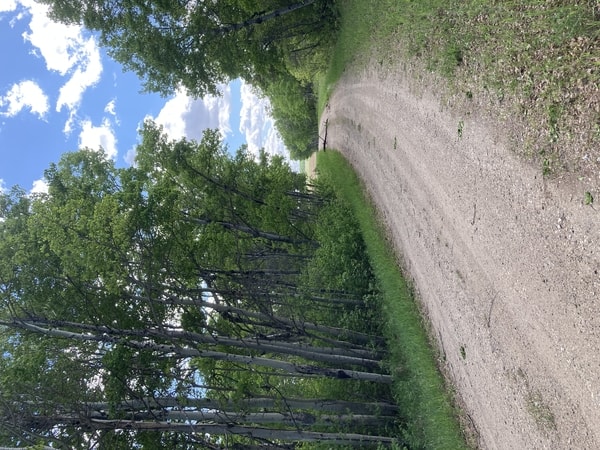
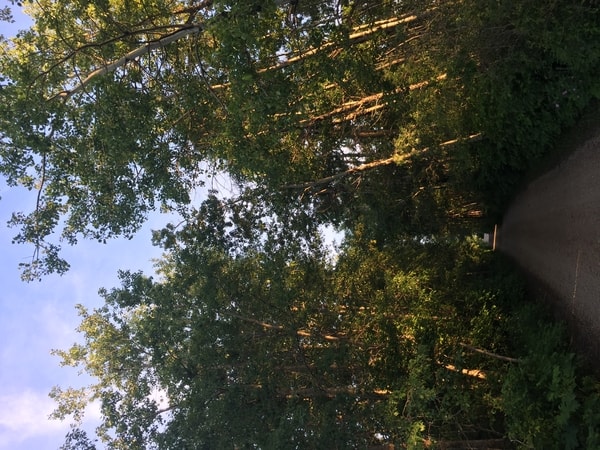

Bird Sanctuary
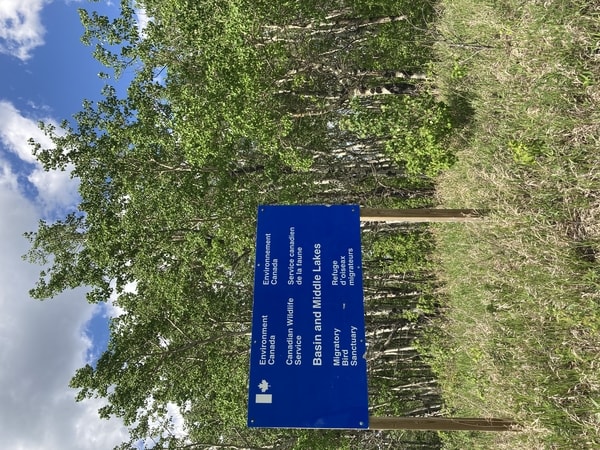
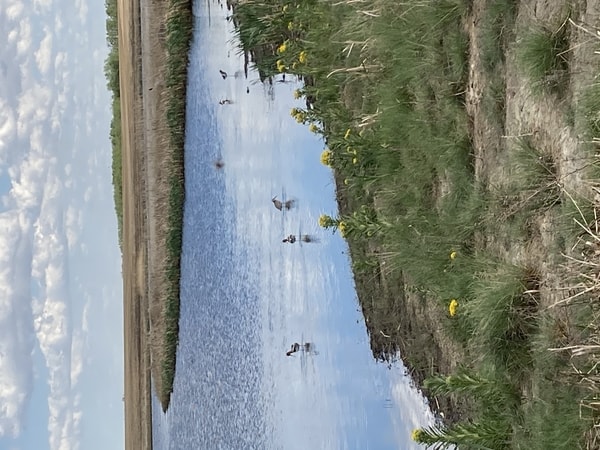
Basin and Middle Lakes are large saline parkland lakes. The main water sources for these lakes are intermittent creeks that only carry water during spring runoff and periods of heavy rains. As such, these sites are subjected to severe water level fluctuations. Basin Lake, with an average depth of 9 m, has extensive rocky and sandy areas, as well as extensive mudflats along its shoreline. This lake is essentially devoid of emergent vegetation. Middle Lake, with an average depth of 1m, has a similar shoreline profile, but extensive wet meadow zones occur on the east and south shores. Much of Middle Lake is open water with extensive stands of cattail and bulrush in the shallow marshy bay in the southwest corner of the lake.
During surveys completed in 1988 and 1989, an average of 9,578 shorebirds were recorded during three one-day surveys. Undoubtedly, thousands of additional shorebirds would be observed during long study periods. In addition to shorebirds, over 30,000 ducks have been recorded at this site during the summer moulting period.
Surveys of breeding colonial waterbirds have also been completed at this site with 227 American White Pelicans and 745 Double-crested Cormorants being recorded during the early 1990s. Piping Plovers (globally vulnerable and nationally endangered) also nest at the lake in small numbers. During the 1996 International Piping Plover Census, two pairs were observed.
Other birds known or believed to breed on these lakes include several grebe species (Piedbilled, Horned, Eared, Western and Red-necked) along with California Gulls, Black Terns, Common Terns, and Blackcrowned Night Herons.
*Information found: https://www.ibacanada. ca/site.jsp?siteID=SK075
Little Moose Church
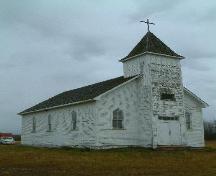
*Information found: https://www.historicplaces.ca/en/rep-reg/place-lieu.aspx?id=9247
Marcel Vey Farm
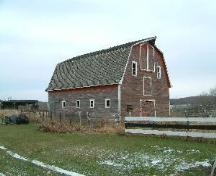
The Marcel Vey Farm Yard Site is valued for its association with Marcelin and Victorine Vey. The Vey’s and their children emigrated from France in 1897 to take up a homestead in the North-West Territories. Arriving in Prince Albert by train, the Veys traveled overland and claimed a homestead on the present location more than a century ago. The Veys chose this location due to its close proximity to Shannon Lake, which would provide a bountiful supply of water for their planned mixed livestock farm. The farm remains in operation to this day.
The Marcel Vey Farm Yard Site is also valued for the design of the barn. Typical of many mixed livestock barns built at the turn of the twentieth century, this double-walled structure features a main level with stables on each side that are all easily accessible by a central corridor. The central corridor allowed the Veys to use a cart, wagon or farm machinery to milk, clean and feed their livestock. The barn also features a large hayloft accessible at either end by two large square doors, and a larger two-door chute at the very top of the building that allowed for hay storage in the extreme upper levels.
The site also contains a one-storey bungalow built in 1949, and detached garage constructed during the same era. Both of these buildings are typical examples of similar period buildings found on farms throughout rural Saskatchewan.
*Information found: https://www.historicplaces.ca/en/rep-reg/place-lieu.aspx?id=9263
Smallest Fire Hall
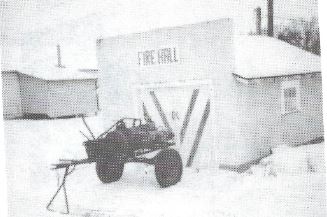
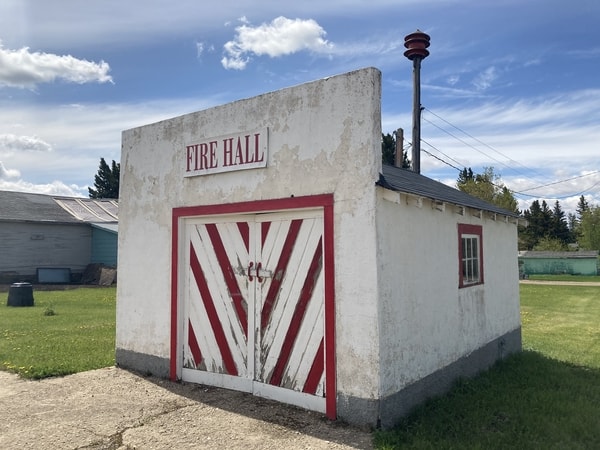
St. Benedict’s first form of fire protection in the 1920’s was a bell with a long rope attached to it. It was mounted on the roof of the post office. In 1935 a petition was presented to the Rural Municipality by Councillor Frank Reinhart, requesting a Fire Engine for St. Benedict.
In September of 1935 the municipality purchased from the Dominion Fire Engine Company – two 40 gallon Heavy Fyrofoe Chemical Engines one for St. Benedict and one for Pilger – for the combined total cost of $585.80. This was to be repaid by the ratepayers of the Hamlets by a special levy.
Fire engine chemicals were financed by the municipality until November of 1935, when St. Benedict agreed to take care of future supplies themselves. To house the local engine, a lean-to was built onto Duford’s garage, which was situated on the present site of Bill Hutmacher’s home. Eventually the bell was moved to the Red & White store next to the fire engine. The present fire hall was built in 1947, on what is now Railway Ave. This was the Community Fire Protection until 1968, when the three villages entered into an agreement for joint fire protection.
Tourist Map

Click view full map for directory!

